By introducing bucket filler activities, teachers can instill the values of compassion, respect, and friendship in young children.
These activities encourage preschoolers to engage in acts of kindness, express gratitude, and recognize the positive impact they can have on others.
Whether it’s through storytelling, art projects, or interactive games, bucket filler activities for preschool kids provide enjoyable and meaningful ways for children to learn the importance of being kind and considerate towards their peers.
Kindness Rocks:
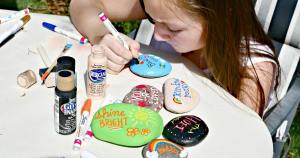
One creative bucket filler activity for preschoolers is creating kindness rocks. Provide smooth rocks, acrylic paint, and brushes to each child. Encourage them to paint positive messages or symbols of kindness on their rocks. Once dry, take the children outside to hide their rocks in the playground or garden area. Explain to the children that when someone finds their kindness rock, it will fill their bucket with happiness and kindness. This activity not only promotes creativity but also encourages children to spread kindness beyond the classroom, creating a ripple effect of positivity.
Bucket Filler Tree:

Create a large tree shape on a bulletin board or wall using green construction paper. Cut out numerous leaf shapes from different colored paper. Each time a child witnesses or experiences an act of kindness, let them write or draw it on a leaf and attach it to the tree. As the leaves accumulate, children can visually see how their collective acts of kindness are filling the tree with love and positivity. This activity serves as a constant reminder to the children of the power of their actions and encourages them to continue being bucket fillers.
Related: 20 Easy Heuristic Play Activities for Kids
Kindness Chain:

Invite preschoolers to make a kindness chain as a collaborative bucket filling activity. Provide strips of paper and markers to each child. Instruct them to write or draw acts of kindness they have witnessed or received on their paper strips. Once completed, connect the strips to create a long chain. Hang the kindness chain in a visible area of the classroom as a visual representation of the children’s collective kindness. This activity not only promotes teamwork but also reinforces the idea that every act of kindness, no matter how small, contributes to a greater positive impact.
Thank You Collage:

Encourage preschoolers to express gratitude and appreciation by creating a thank you collage. Provide magazines, scissors, glue sticks, and large poster boards. Ask children to find pictures or words that represent things they are thankful for or people they appreciate. They can cut them out and glue them onto the poster board to create a colorful and visually appealing collage. Display the collages in the classroom, reminding children of the importance of acknowledging and thanking those who fill their buckets with kindness.
Kindness Bracelets:

Engage preschoolers in a hands-on activity by making kindness bracelets. Provide beads, strings, and markers. Explain that each child will create a bracelet with different colored beads representing acts of kindness they have done or witnessed. For each act of kindness, they can add a bead to their bracelet and decorate it with a marker to symbolize the specific act. This activity serves as a personal reminder for children to continue being bucket fillers throughout the day and encourages them to share their stories of kindness with their peers and teachers.
Related: 15 Awesome Number 10 Activities for Preschoolers
Kindness Recipe:

Encourage preschoolers to create a “kindness recipe” by brainstorming and discussing different acts of kindness. Provide each child with a recipe card or a piece of paper. Ask them to write or draw the ingredients (kind actions) and the steps (how to perform those acts of kindness) for filling someone’s bucket. They can decorate their recipe cards and share them with their peers. This activity fosters creativity and helps children understand the practical ways they can spread kindness.
Kindness Jar:

Introduce a kindness jar to the classroom. Decorate a jar and label it the “Kindness Jar.” Explain to the children that whenever they witness an act of kindness or experience a kind gesture, they can write it on a slip of paper and place it in the jar. Celebrate the acts of kindness as a group, periodically reading the slips of paper and acknowledging the kind actions. This activity reinforces the importance of noticing and appreciating acts of kindness while building a sense of community.
Puppet Theater:
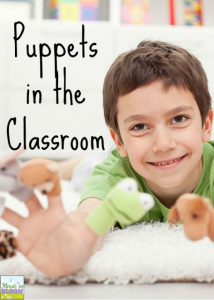
Set up a puppet theater in the classroom and provide puppets and props. Encourage preschoolers to create short skits or plays that revolve around kindness and bucket filling. They can act out scenarios where characters demonstrate acts of kindness and discuss how it made them feel. This activity allows children to engage in imaginative play while exploring the concepts of empathy and compassion.
Friendship Bracelets:
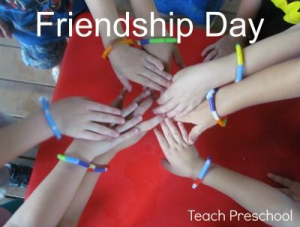
Engage preschoolers in a craft activity where they create friendship bracelets for their classmates. Provide different colored strings and beads. Each child can make a bracelet for a peer, choosing colors and beads that they think represent that person. Encourage them to give the bracelets as a token of friendship and explain why they appreciate their classmates. This activity fosters a sense of connection and encourages children to actively think about the positive qualities of their peers.
Bucket Filling Awards:

Create personalized bucket filling awards for each child in the classroom. Design certificates that highlight specific acts of kindness or positive behaviors. Recognize and celebrate each child’s contributions to the classroom community. Present the awards during a special ceremony where children can share why they believe their peers deserve the recognition. This activity promotes self-esteem, empathy, and a sense of among preschoolers.
Kindness Scavenger Hunt:

Organize a kindness-themed scavenger hunt in the classroom or schoolyard. Create a list of kind actions or gestures for children to find and complete. For example, finding someone who needs help and assisting them, giving a compliment, or sharing a toy with a friend. Provide each child with a checklist and let them work individually or in pairs to complete the acts of kindness. This activity promotes active engagement and encourages children to seek out opportunities to be kind.
Bucket Filler Dance Party:
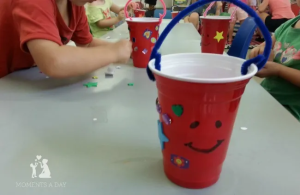
Host a bucket filler dance party in the classroom. Play upbeat and cheerful music and encourage children to dance and spread joy. During the dance party, encourage children to compliment and express kindness to their peers. This activity combines physical movement, social interaction, and positivity, creating a fun and energetic environment while reinforcing the importance of kindness.
Kindness Wall Mural:

Create a large mural on a classroom wall dedicated to kindness. Provide large sheets of paper or a roll of butcher paper. Let children draw and paint scenes that represent acts of kindness, friendship, and inclusivity. Discuss each child’s contribution to the mural and how their artwork reflects the concept of filling buckets with kindness. Display the mural prominently in the classroom as a reminder of the power of kindness.
Secret Kindness Buddy:

Assign each child a secret kindness buddy in the classroom. Explain to the children that they will perform acts of kindness for their buddy throughout a designated period, without revealing their identity. Encourage children to be creative with their acts of kindness, such as leaving surprise notes or small gifts. At the end of the period, allow children to guess who their secret kindness buddy was. This activity promotes empathy, and generosity, and strengthens the bonds among classmates.
Bucket Filler Role Play:

Engage preschoolers in role-playing activities that depict different scenarios related to kindness and bucket filling. Provide props, costumes, and a designated area for dramatic play. Encourage children to act out scenes where characters demonstrate kindness, problem-solving, and conflict resolution. Through role play, children can explore different perspectives, practice empathy, and develop their social and emotional skills.
Kindness Bookmarks:

Encourage preschoolers to create kindness-themed bookmarks. Provide cardstock, markers, stickers, and decorative materials. Ask children to design bookmarks with positive messages and symbols of kindness. They can use the bookmarks to mark pages in their favorite books or give them as gifts to classmates, spreading kindness through literature. This activity combines creativity, literacy, and acts of giving.
Bucket Filling Reflection Journals:
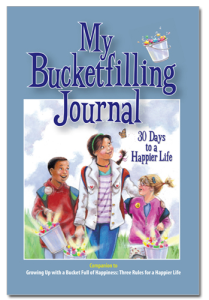
Introduce reflection journals to preschoolers, where they can write or draw about acts of kindness they witnessed or performed each day. Provide each child with a notebook or journal. At the end of the day, encourage them to reflect on their experiences and record the kind actions they observed or participated in. This activity promotes mindfulness, self-reflection, and gratitude as children develop their ability to recognize and appreciate acts of kindness in their daily lives.
Kindness Relay Race:

Organize a kindness-themed relay race in the classroom or outdoor space. Divide the children into teams and set up different stations with kindness-related activities. For example, writing compliments for teammates, picking up trash or helping a peer tie their shoelaces. Each team member completes a task before passing the baton to the next teammate. Emphasize teamwork, cooperation, and positive interactions throughout the relay race, reinforcing the values of kindness and collaboration.
Kindness Puppet Show:

Encourage preschoolers to create and perform kindness-themed puppet shows. Provide puppets, craft materials, and a puppet theater or stage area. Let the children work in small groups to create scripts and scenes that highlight acts of kindness and bucket filling. They can present their puppet shows to their peers or even other classes. This activity fosters creativity, communication skills, and empathy as children explore the themes of kindness and friendship through imaginative play.
Kindness Snack Sharing:
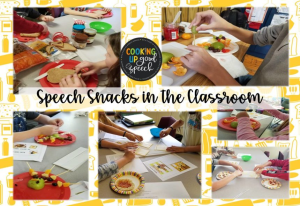
Organize a special snack sharing activity where each child brings a small treat or snack to share with their classmates. Encourage children to express their appreciation for each other by giving compliments or words of encouragement while enjoying the snacks together. This activity promotes inclusivity, sharing, and gratitude as children bond over a shared experience of kindness and treats.
